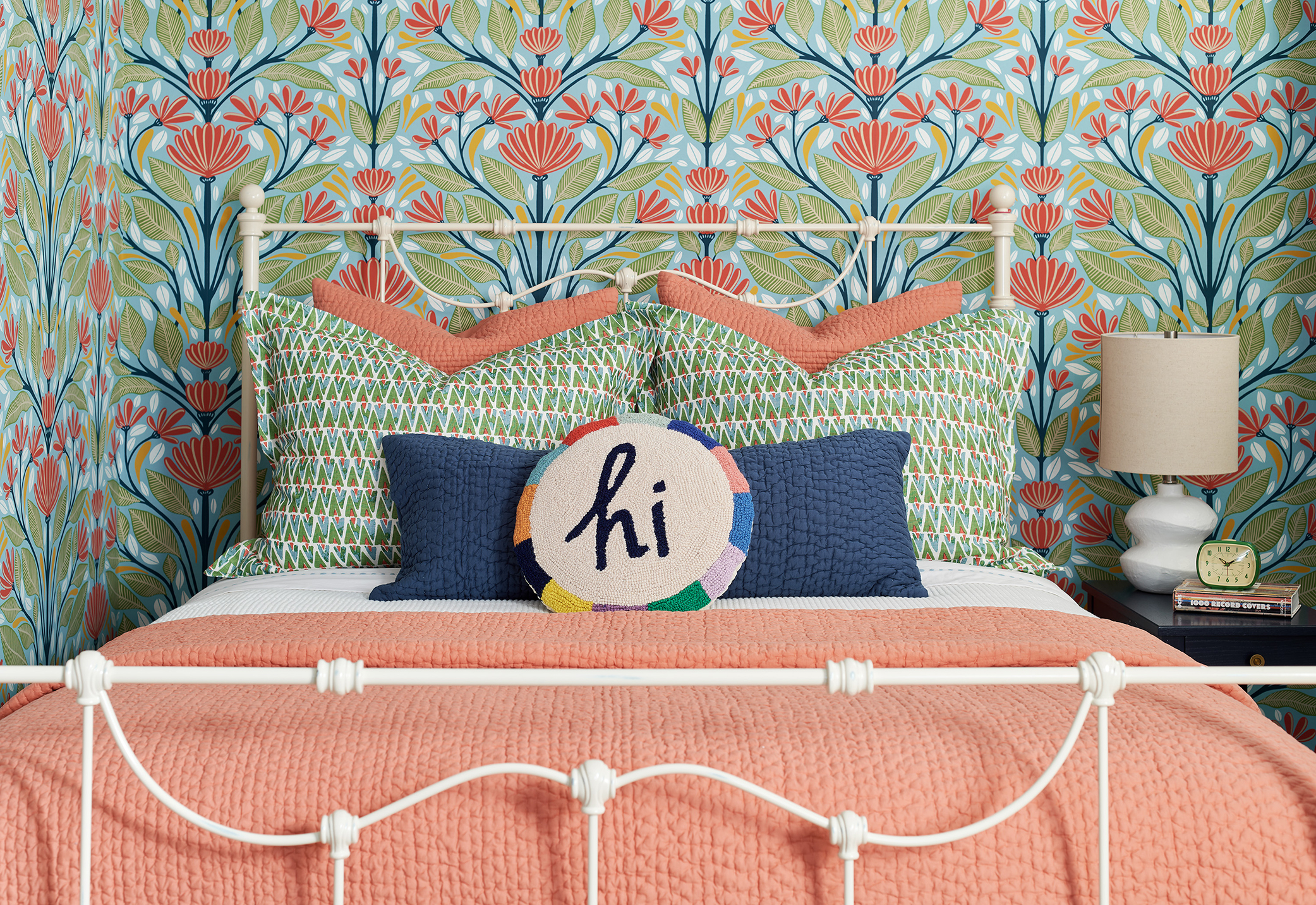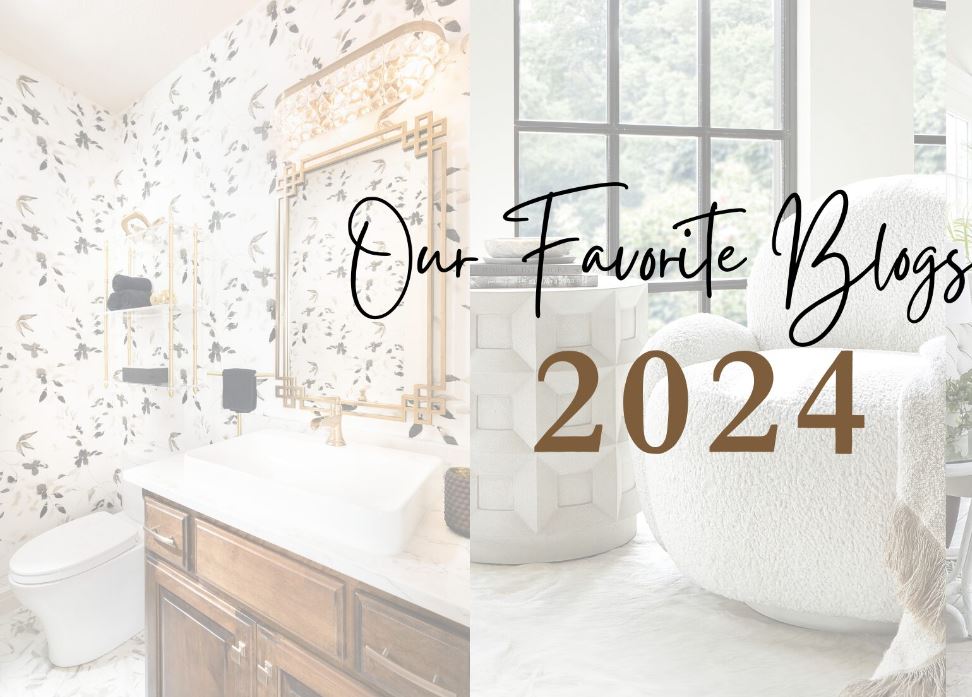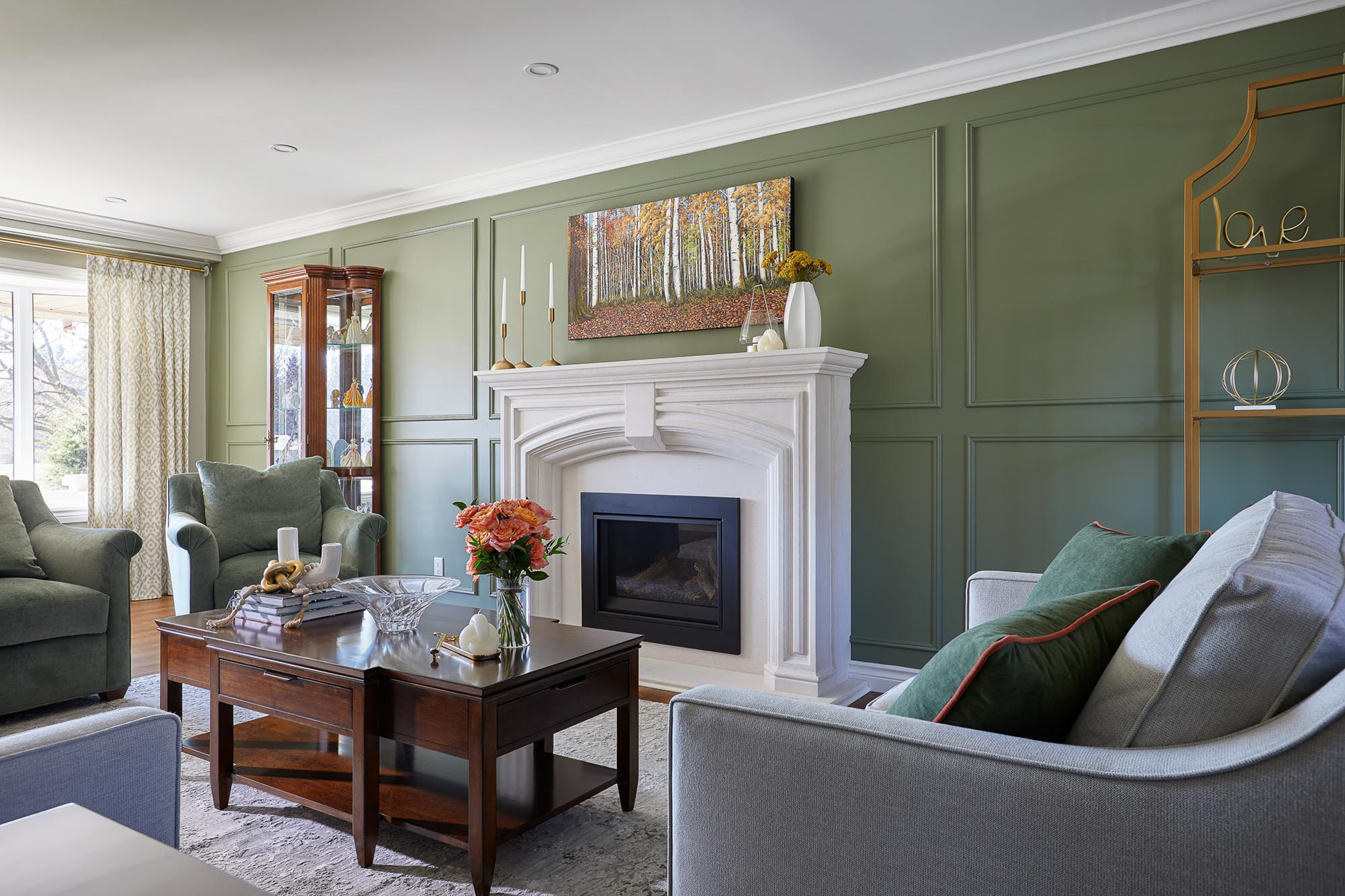Having been home-bound for the major part of this year, it’s no wonder that you might be thinking about the effect your interior design might be having on your mental outlook. It’s a good question. In fact, mental health professionals have been examining the role interior design plays on mental health.
Psychology Tomorrow Magazine was at the forefront in its July 2016 article Aesthetics and Well-Being: How Interior Design Affects Your Happiness that stated: “It should not surprise us that interior designers are “stealing” some knowledge from psychology to improve emotional impacts of the space. Some of the techniques used are persuasive design (including persuasive elements into physical objects, such as seating around the table to boost communication, instead in front of the TV), spatial perception (opening up some space to create a sense of freedom), and stimulation of natural environments (bringing in elements of nature to create an optimal atmosphere for relaxation and health). After all, it was the designers’ world that first started this debate, and the scientists proved them right.”
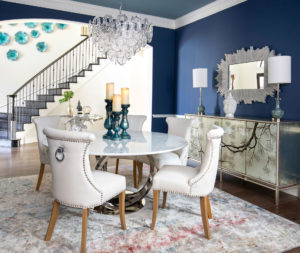
Can you design happiness? Writer Hannah Hickock tackled that question in a recent article in the magazine Business of Home. She introduces readers to the fairly new field of neuroaesthetics, which is teaching us more about the science behind how our brains respond to beauty and art.
“While experts have reached certain points of consensus—like that greenery can boost mood,” she wrote, “other topics, like how much symmetry matters in design, aren’t so clear-cut.
The good news is that design’s connection to mental health is garnering growing interest.”
Johns Hopkins Magazine put it in terms of “Beauty and Brains” in a Fall 2019 article about a design project involving the Johns Hopkins University School of Medicine’s Brain Science Institute. It was an exhibit titled Space and Being at last year’s international furniture fair in Milan. “It marked the first occasion the emerging science of neuroaesthetics was front and center at such an influential global design event,” the magazine reported.
Visitors to the Space and Being exhibit wore special wristbands that measured their physiological responses as they walked through three different room vignettes. It was a data-based method for showing how design and furnishings can influence biology and well-being.
Experienced interior designers have known the influence design has on mental health for many years. They constantly ask clients how a room design or an item in the room makes the client feel. They also ask if a room reduces or induces stress.
“The most impactful principle of design on mental health is balance which basically means that all the furnishings in the space feel like they belong,” explains Bobbie Combs, ASID, NCIDQ, director of education and training, Decorating Den Interiors. “When the balance in a room is off or the furnishings don’t feel like they belong, it can make you feel uncomfortable. The most impactful element of design on mental health is color which can alter your mood drastically depending on the main color used in a room. For example, blue is a color that has been shown to slow down a person’s metabolism, heart rate and blood pressure which will have a calming effect on your mind and body.”
Even the shape of a table or a case good piece could have an impact. The Business of Home article cited Denver-based architect Donald H. Ruggles, author of the book Beauty, Neuroscience & Architecture: Timeless Patterns and Their Impact on Our Well-Being: “Jagged edges and sharp points are design features that, if overused, can cause anxiety. A typical living room, for instance, often includes a statement piece like a coffee table with jagged or sharp edges. A table with rounded edges, on the other hand, allows our nervous system to relax.”
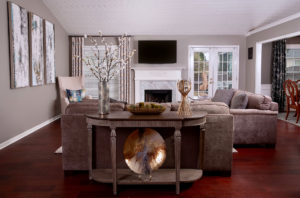
As a Decorating Den Interiors designer, I have been taught that as we’re getting to know our prospective clients, we have them take us on a tour of their entire home, regardless of the scope of the project. As we tour, we ask how often they’re in that space, what are the activities they do there, how the space makes them feel, what they like and don’t like as much. The goal is for them to talk about themselves and their relationship to the space. The goal for me is to listen, listen, listen.
The writer, art historian Chloe Taylor, concluded that Psychology Tomorrow article with this thought: “The widely accepted notion that home is a happy place is definitely correct, but it’s important to realize that homes are not promoting happiness per se, but they can be molded and designed in a way that promotes good mood and health. In this, both the interior designers and psychologists agree.”
Interior design, then is not only about making your home more beautiful. It’s about making it a happier and healthier place.




